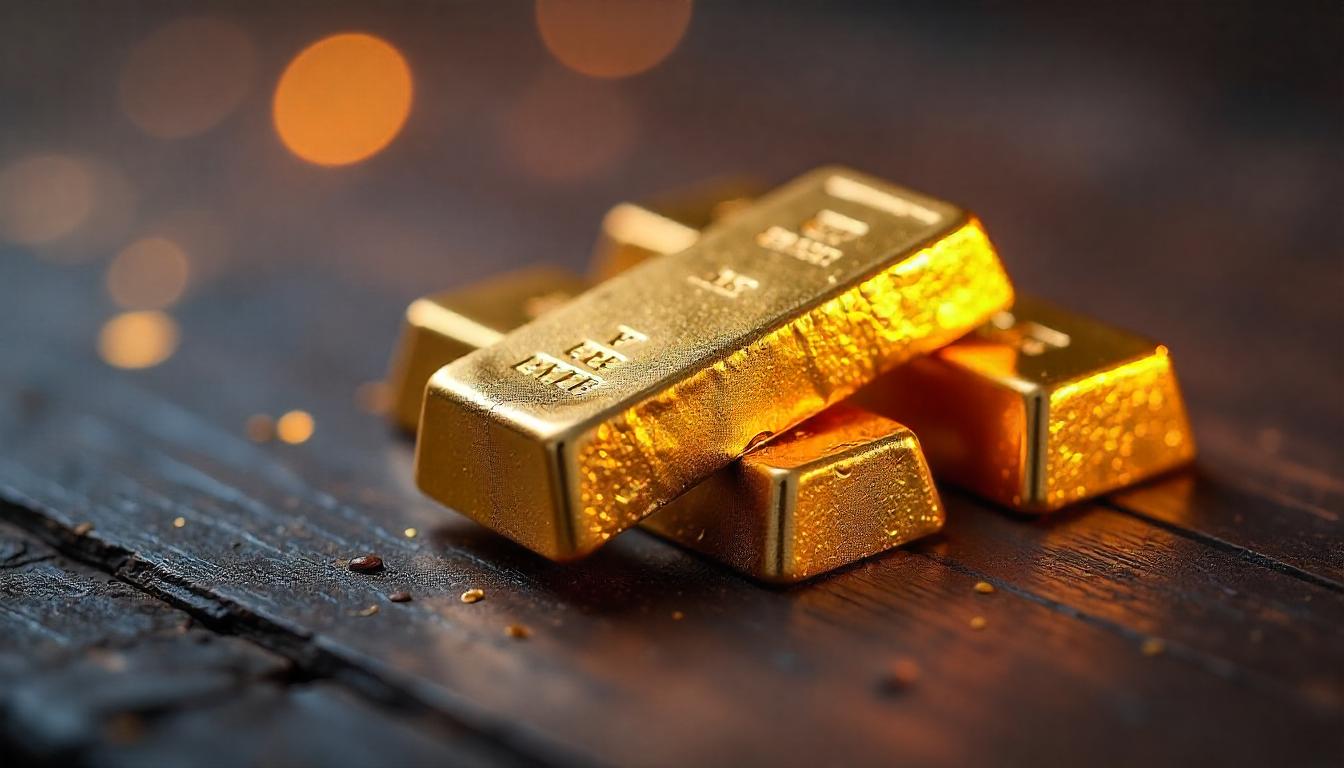
Total global gold demand rose by 5 percent in the third quarter of 2024
Total demand for gold, including OTC (over-the-counter) investments, rose by 5%, calculated year-on-year, to 1,313 tons, an all-time record for a third quarter since 2024. This momentum was reflected in the gold price, which hit a series of new record highs during the quarter. The value of demand rose by 35% y/y to surpass $100bn for the first time, World Gold Council (WGC) data show.
Global gold ETF (equity) inflows (95t) were a major driver of growth in Q3, this was the first positive Q3 since Q1'22, with a y/y change from strong outflows (-139t) Q3'23.
Investment in bullion and coins (269t) fell by 9% y/y, down from a relatively strong Q3'23. Much of the decline was specific to two or three key markets, offset by a very strong quarter in India.
Gold jewelry consumption (459 t) fell by 12% y/y, despite strong growth in India. Although consumers bought small quantities, their spending on gold jewelry increased: the value of demand rose by 131TPTP3T y/y to over USD 36 billion.
The pace of central bank buying (186 t) slowed in Q3, but a-t-d buying is in line with 2022 and remains widespread.
AI continued to support the use of gold in technology (83t), demand rose by 7% y/y, albeit from a fairly low base, and the outlook remains cautious.
LBMA (PM) gold prices continued to break successive records in Q3. The average price for the quarter was 28% higher y/y at a record high of USD 2,474/oz.
OTC investment almost doubled y/y to 137t. This was the seventh consecutive quarter that OTC investment has been positive for gold demand and remains a notable component of the market.
Total gold supply increased by 5% y/y to a record 1,313 t. Mine production increased by 6% y/y to another quarterly record, with output eclipsing the previous 2018 high. Recycled gold volume rose by 11% y/y, but large-scale distress sales are not yet evident.
Investment flows were key to gold's Q3 performance. Falling interest rates, geopolitical uncertainty, portfolio diversification and momentum buying were among the key factors.
The outlook for 2024 shows that professional flows are reviving, and combined with solid investment in bullion and coins will offset weaker consumer demand and slower central bank buying.
Healthy flows into global gold ETFs were a major driver of the increase in gold demand in Q3. Combined with continued interest from OTC investors, this helped propel gold prices to a series of record highs throughout the quarter. Consumption of gold jewelry fell as the price rose, despite robust advertising in India triggered by a reduction in gold import duties.
Central bank net demand has slowed but remains healthy. Official sector institutions bought 186 net tons of gold in Q3. Y-t-d purchases are in line with 2022 at 694t.
Holdings of global gold ETFs increased by 95 tons, with inflows across all regions. This was the first quarter of total net inflows since Q1'22 to date.
Demand for gold bars and coins was 9% lower y/y. Significantly lower levels of demand were recorded in China, Turkey and the USA, which were outweighed by an increase in purchases in India.
Gold jewelry consumers were constrained by record-high prices. Global demand for gold jewelry fell by 12% y/y, despite a strong increase in Indian demand.
Analysts' expectations for a resumption of Western investment flows were realized in Q3, helping to propel gold prices.
Investing in bullion and coins is set to remain solid as jewelry buying returns amid high prices. Central bank buying, though slowing, is on track for a strong year. Supply is on track for a record year after very strong mining output in the third quarter.
Source:
